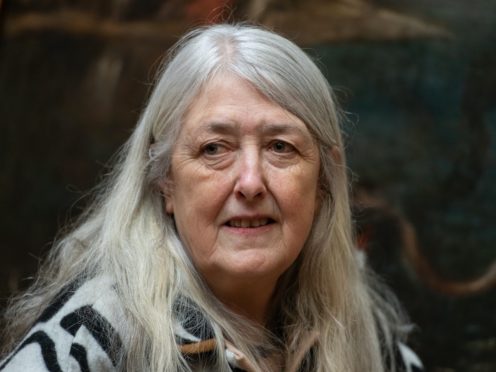Professor Mary Beard has revealed that a souvenir badge bearing the name of an “unsung” female geologist which was made around 1995 is among her favourite items at the British Museum.
The broadcaster and classicist was appointed a trustee of the museum last month.
She said that the item, which bears the name of 19th century “fossil hunter” Mary Anning is a “reminder that the museum is not just full of precious, expensive, ancient artefacts”.

“Part of the collection is the revealing bric-a-brac of modern times, the kind of thing that any one of us might have owned, that will become the history of the future.”
She added that the geologist “is one of the many women whose efforts, often unsung, underlie the collections in museums across the world”.
The badge is originally from the Lyme Regis Museum in Dorset.

Beard compiled the list of her favourite items in the museum to mark her appointment as a trustee.
Also featured on her list was a piece of cake from ancient Egypt from around 2000 BCE which had been preserved in sand.
She thinks the object is the same one that she saw on a visit to the museum with her mother in 1960 which helped spark her interest in ancient history.

“I was amazed that a bit of cake could have survived from the time of the pharaohs and was desperate to get a closer look,” she said.
“Back in 1960 museum displays were nothing like so child-friendly as they are now, and this particular case was too high for me to see into clearly.
“But, as my mum struggled to lift me up, a man walked past and asked what was going on.

“When we explained, hesitantly, that I was trying to get a proper view of the cake, he reached for some keys, opened up the case, took the cake out, and held it right in front of my eyes.”
She added that she has “never forgotten the excitement” she felt at the time and the museum worker “played a big part in setting me on the road to a career in history”.
Also featured on her list was a chalk drawing by Michelangelo from 1551, a bronze bust of 14th century Roman emperor Augustus and a brass head of a man wearing a headdress from Nigeria, which is believed to be from the 14th or 15th century.
